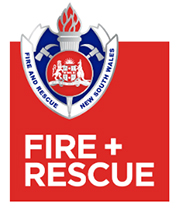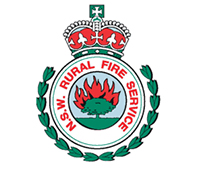Fire Safety
Away from home fire safety
Fires can and do occur in unoccupied houses and units while people are away taking a break. Simple precautionary steps before you leave on holidays may prevent a fire, or minimise its impact on you and your home.
How to prepare your home when you are going away on holiday
The Fire & Rescue NSW recommends this simple safety checklist to assist in keeping your home safe:
- Should consider switching off and disconnecting non-essential electrical appliances and IT equipment
- Test your smoke alarms and change batteries if required to ensure they still function
- Let a neighbour or family friend know of your whereabouts and contact details. Ask them to watch your home and to notify the Fire Brigades on ‘000’ if they hear your smoke alarms going off
- Ensure that any electrical items you decide to leave on continuously, or on timer circuits, are in good working order
- If you live in a bushfire prone area prepare your home properly before you leave: Refer to the following bushfire fact sheets:
Bushfire Survival, Bushfire Preparation, Bushfire Evacuation, Bushfires- How do they affect your home? - Ensure that any lights you leave switched on are in a safe location away from combustibles such as curtains and are of a correct wattage to prevent overheating
- Switch off and empty clothes dryers before you leave .
- Close all internal doors before you leave to help reduce fire spread if there’s a fire.
- Extinguish any incense, candles or oil burners
- Take the time to do a thorough final check of your home before you leave
Holiday Safety Tips
- Remember if driving to your holiday destination make sure you plan to “arrive alive” and stop to revive every two hours
- Whilst away ensure your holiday destination has a working smoke alarm and draw up and practice a fire escape plan with your family
Check out the following electricity providers websites for additional information:
Printable factsheet
Away from home fire safety (PDF, 61Kb)
Fire & Rescue NSW Community Risk Management. Revised 13 October 2005.




